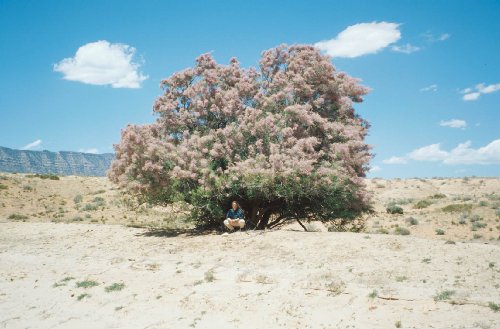
Tulip Gardens
GPS
Invasive Species

An invasive species can be defined as any species of plant or animal that is not native to a particular region in which it is growing. These organisms provide a number of problems for land managers. Because they haven't historically grown in the area, if the environment can support them, they often out-compete or push out other native species. They respond well to the area, and their populations increase dramatically. These invasives can alter the landscape by out-competing native species, they can force other animals that depend on the less-dominanat native species into different habitats, and can even possibly drive some species to local or regional extinction.
The first step to managing for invasive species is monitoring them. If we don't know where they are, we can't move forward with managing them. This is where you come in; the field data that you can gather on your own and upload to a database can inform us regarding locations of invasions of both invasive and noxious (physically harmful or destructive) species, and can give us an idea of the scope of what is needed for management.
Along with the National Institute of Invasive Species Science (NIISS), we are working to help you monitor these invasive species for future management, with laboratory experiments and data that will be applied to real-world datasets for NIISS.
Image Source: Paul Evangelista, NIISS